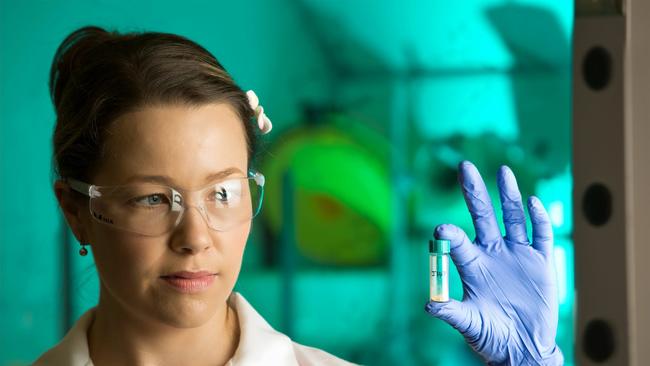J147 has proven to be one of the very few medical breakthroughs to treat with some level of effectiveness Alzheimer’s disease on animal trials. But just until recently the drug has come into the spotlight again when a paper was published on January 7 of 2018 in the Journal Aging Cell announcing new developments about its use.
The J147 is a molecule that was extracted from curry spice curcumin.

the aging cells look younger and energized.
A recent series of experiments have offered results where the J147 has bound itself to a protein found in mitochondria, the substance that powers the cells. This, in turn, has made the aging cells look younger and energized.
The experiment has been done on mice and flies, but the results seem promising enough to move to human trials according to Dave Schubert the lead scientist in Salk’s Cellular Neurobiology Laboratory and the author of the paper.
Shubert thinks that this new development offers a light into what it’s been known about the reach of the drug — they now know what the J147 affects directly on the nervous system. Schubert developed the drug back in 2011 with his team. They have been looking for ways to reverse cellular decay on the brain by screening compounds from plants.

The J147 is a molecule that was extracted from curry spice curcumin. Since it was discovered by Schubert he has proven that the refined compound of the plant can help with memory deficits and to enhance the functions of the brain by potentiating the production of new cells. These trials have made him realize that the drug works on a molecular level and he and his team can consider clinical trials as the next logical step.

Leave a Reply